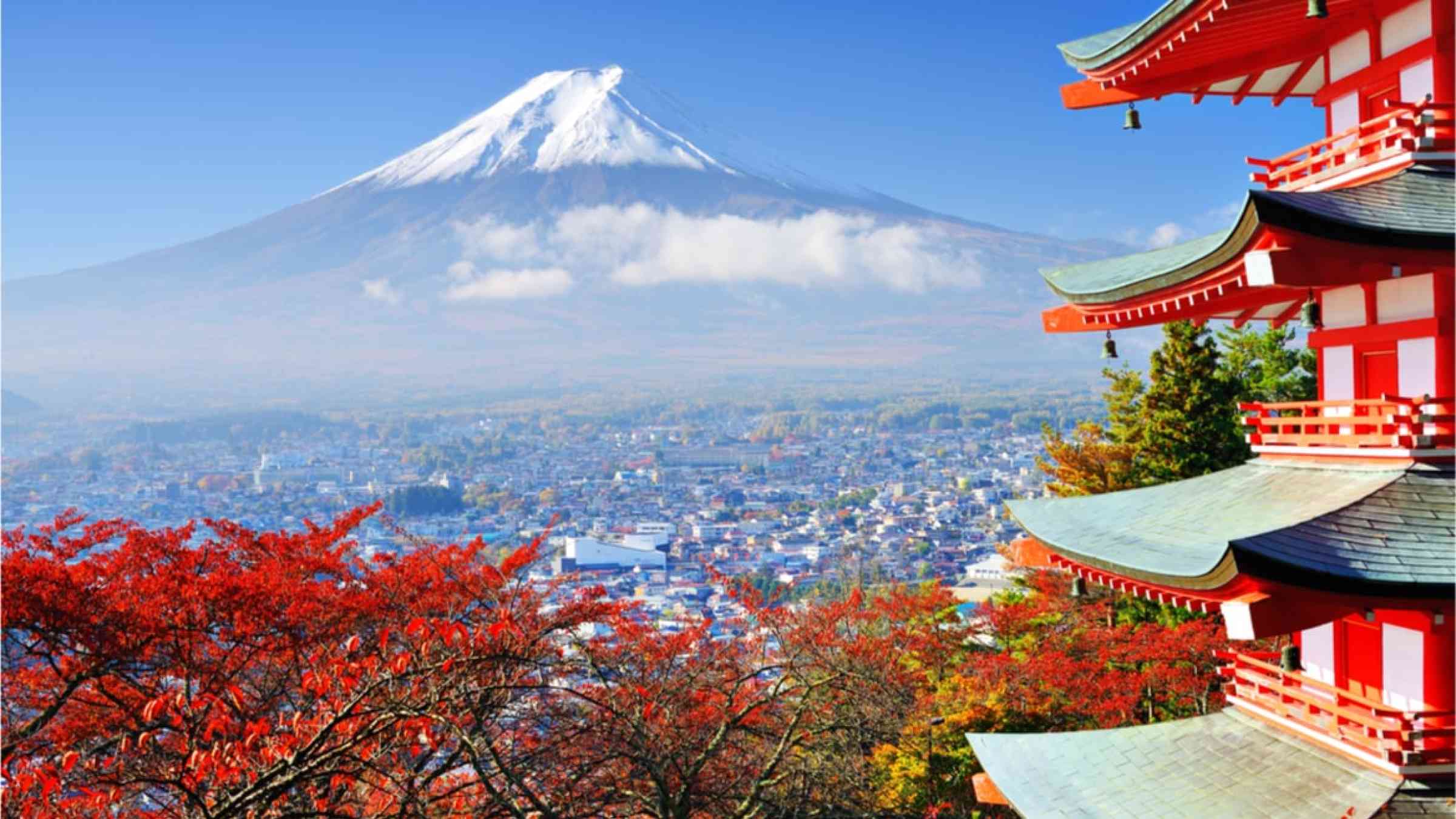
The Adaptation Action Coalition’s (AAC) Country Profiles showcase members' efforts in domestic and international adaptation. They aim to highlight recent initiatives, policies, research and programs to share informative examples of how adaptation plans and commitments are being implemented around the world.
Japan is a country that confronts a wide array of natural hazards — from earthquakes and tsunamis to frequent typhoons, deadly heatwaves and landslides. But the country has also been proactive in boosting its resiliency to these disasters. The world has a lot to learn from its experiences.
Japan’s National Climate Change Adaptation Act
The Climate Change Adaptation Act enacted in 2018 provides the country’s legal foundation for adaptation measures. It mandated the establishment of Japan’s Climate Change Adaptation Plan, to be monitored and updated every five years.
In October 2021, the Japanese cabinet approved the revised Climate Change Adaptation Plan. The Japanese government then submitted to the UNFCCC its adaptation communication, outlining the latest impacts of climate change and expanding its adaptation intentions to areas such as disaster risk reduction, agriculture and health. The plan includes strategies for: coordinating and collaborating adaptation policies across relevant ministries; developing climate research, an information infrastructure and disseminating climate information; implementing localized adaptation measures; improving public awareness; promoting adaptation action in business sector; and providing aid for climate change adaptation in developing countries.
In addition, the revised plan includes a total of 66 Key Performance Indicators (KPIs) for sectoral and fundamental measures to monitor the progress of each measure. The Plan, Do, Check, Act (PDCA) approach has been introduced to manage the progress of the plan, specifically by using these KPIs and following up each year to manage the progress of short-term measures implemented by ministries and agencies. The relevant ministries collect a wide range of indicator data, while the Climate Change Adaptation Promotion Council monitors progress of medium- and long-term adaptation measures every five years.
Local and National Actions for Implementing Adaptation
In addition to national legislation, Japan is working to implement adaptation in several ways. Domestically, Local Climate Change Adaptation Centers at the municipal and prefectural levels play important roles to support locally led adaptation. These centers collect and provide climate information to businesses and residents and incorporate local knowledge and capacity building into their plans. As of April 2022, there are active centers in 38 out of 47 prefectures.
In recent years, the Ministry of Environment (MOE) and the Ministry of Economy, Trade, and Industry (METI) have ramped up support for private sector investments and innovative startups that help to manage climate risks. METI has identified seven promising areas where Japanese companies can contribute on an international scale through adaptation businesses: resilient infrastructure against natural disasters; sustainable energy supply; food security and agricultural production; health and sanitation; climate monitoring and early warning; secure resources and sustainable water supply; and climate change finance. In line with these areas, a collection of good practices on climate change adaptation was compiled in February 2022 by the Ministry of Economy, Trade, and Industry (METI). METI promotes adaptation business initiatives by sharing and showcasing good practices of Japanese adaptation business at seminars in Japan and abroad.
Japan also has deep expertise in disaster risk reduction (DRR), which is applied internationally through development assistance. Examples include projects such as a flood-resilient subway system in Bangkok, Thailand and erosion-control dams in Indonesia that utilize Japanese erosion control technology. Building infrastructure that is resilient to local disaster risks can alleviate disasters’ impacts on the economy and facilitate recovery and reconstruction. Japan’s early warning systems technologies, particularly against earthquakes/tsunamis, typhoons, and heatwaves, are some of the most advanced in the world.
Japan distributes user-friendly climate information nationwide to facilitate adaptation actions by all stakeholders. Its Climate Change Adaptation Information Platform (A-PLAT) consolidates climate risk information so that local governments can more easily apply it to formulate local adaptation plans. A-PLAT also showcases innovative measures being carried out in prefectures across Japan. The platform acts as a nexus between national and local research and governance, collaborating on building a cohesive national ecosystem of resilience.
A Global Leader in Adaptation Assistance
Japan also offers a great deal to climate resilience globally, in terms of both technical and financial assistance. Expanding upon the domestic A-PLAT platform described above, the National Institute for Environmental Studies of Japan launched a revamped Asia-Pacific Climate Change Adaptation Information Platform (AP-PLAT) website in 2021 to promote climate-resilient societies across the Asia-Pacific region. Its three main pillars of services are: (1) providing easy-to-understand, cutting-edge scientific knowledge on climate change adaptation; (2) developing tools to help co-create regional climate-related risk information infrastructure; and (3) offering capacity-building and trainings for adaptation policy development and project development. It facilitates practical international partnerships to share knowledge, which in turn informs effective national adaptation plans and policies.
Japan is also a global leader in adaptation finance. It has committed to doubling adaptation finance to approximately $14.8 billion from public and private sources from 2021 to 2025. The country also contributed about $6 million to the Adaptation Fund in March 2022 toward the global goal of doubling adaptation finance. Its international development assistance agency, JICA, shares Japanese adaptation know-how and technology in sectors such as DRR, water resources and agriculture around the world.
Consistent with its global and regional leadership in climate change adaptation, Japan demonstrates its leadership on the Adaptation Action Coalition (AAC) as a steering committee member. Japan’s AAC focal points believe that sectoral workstreams are where, together, the AAC can drive the most impactful change in climate adaptation globally.